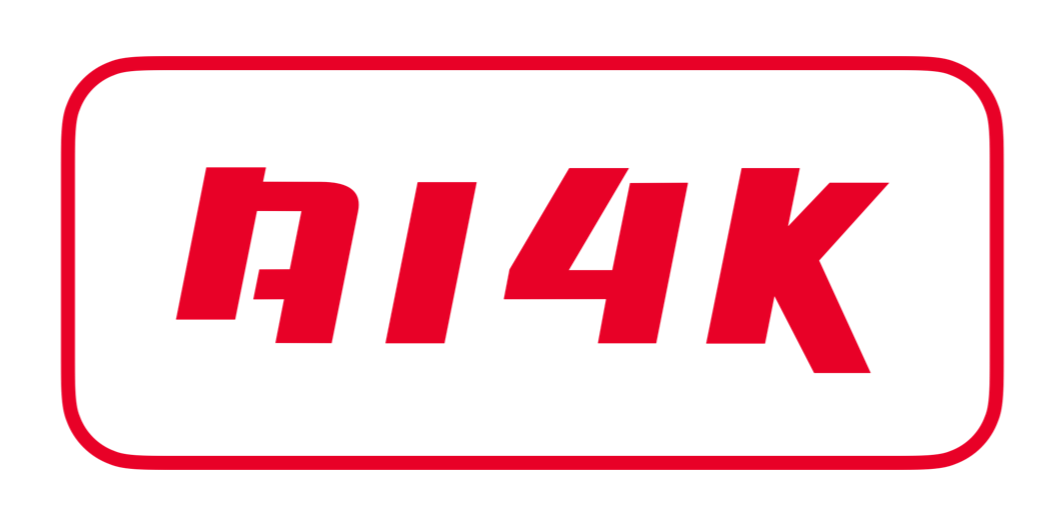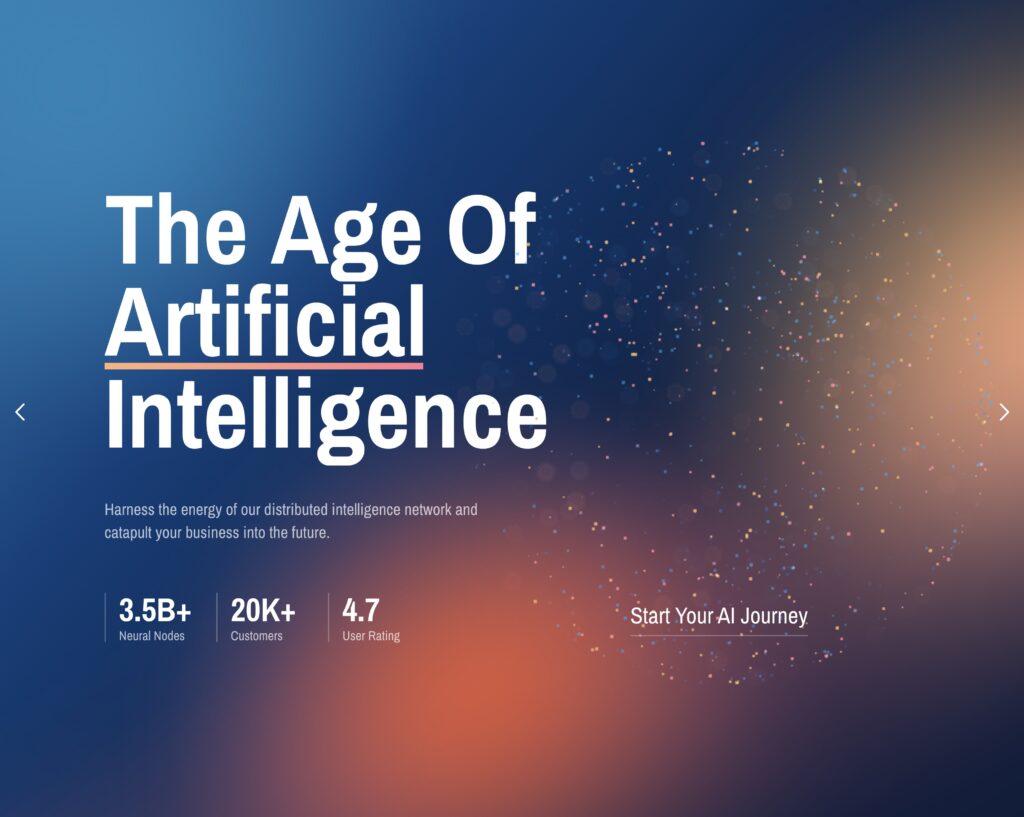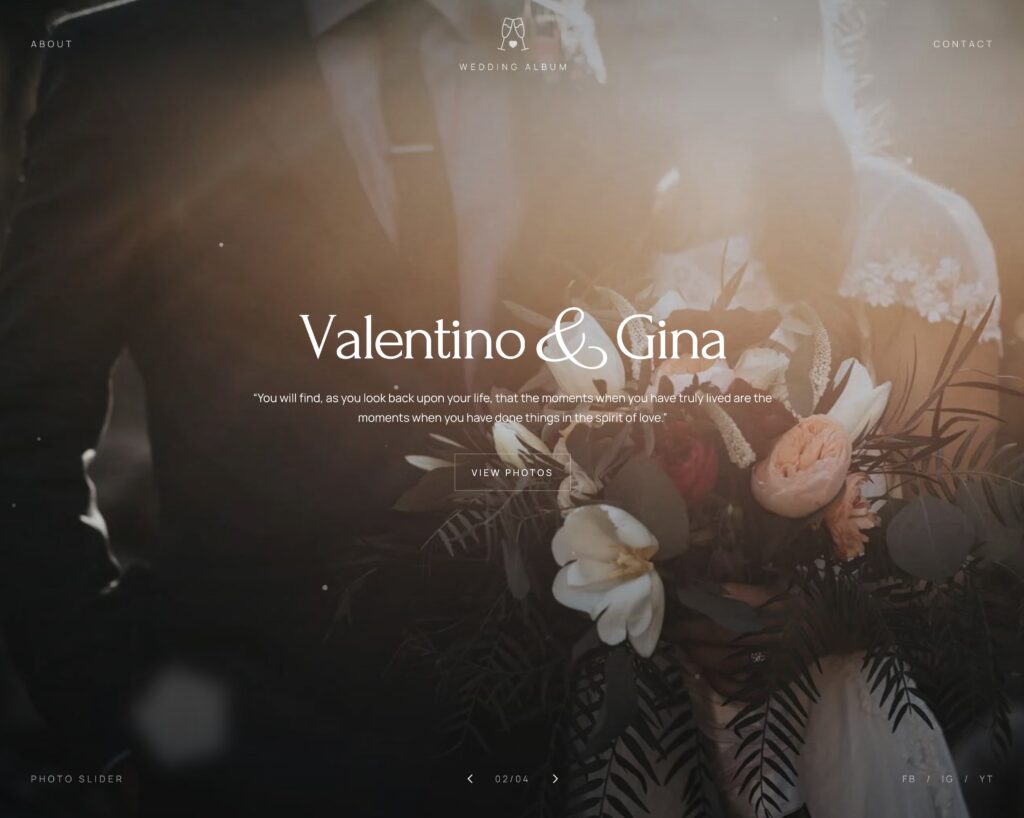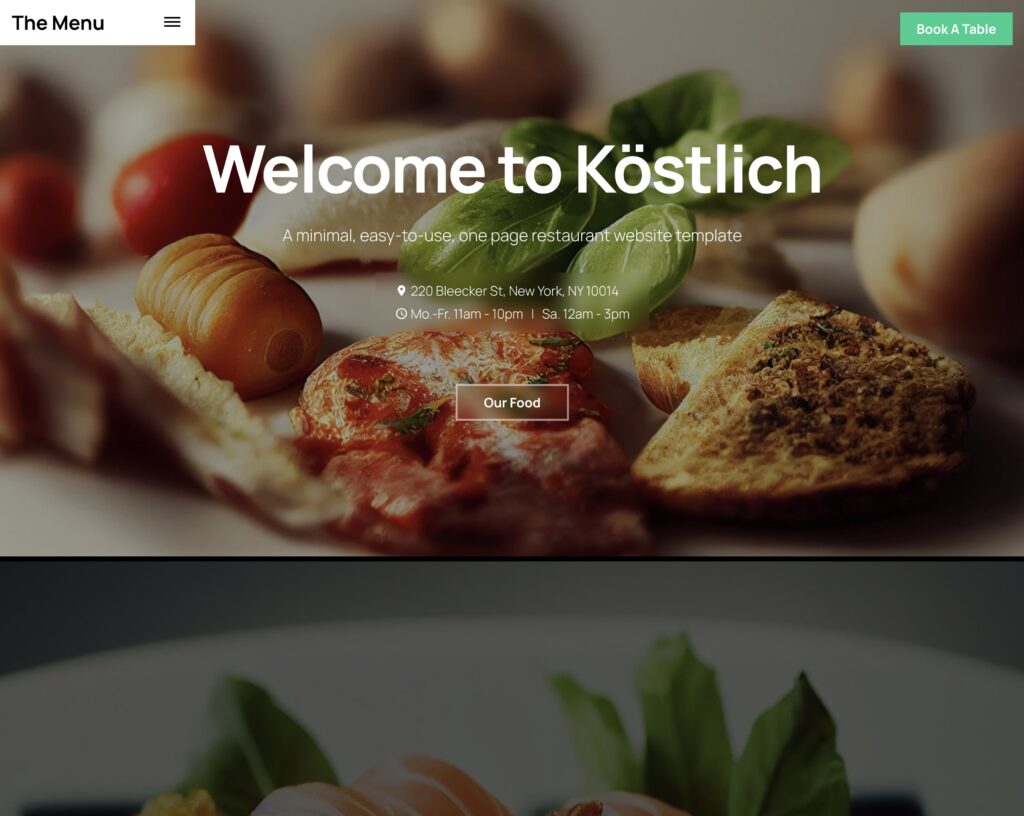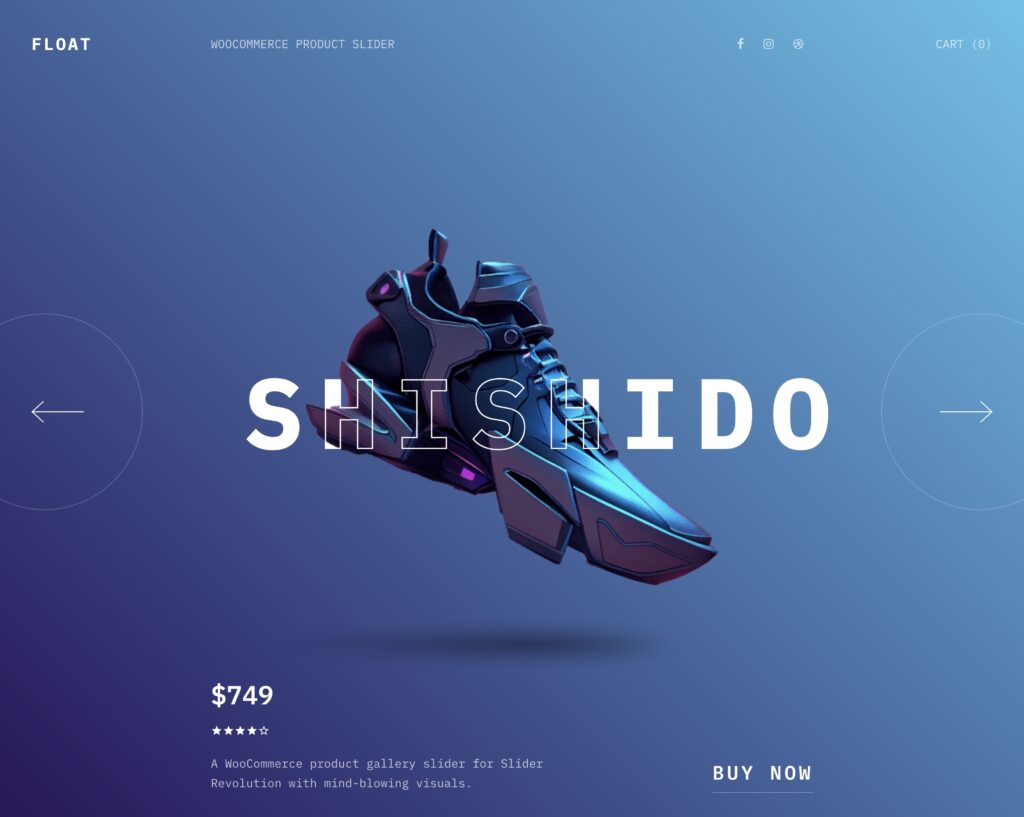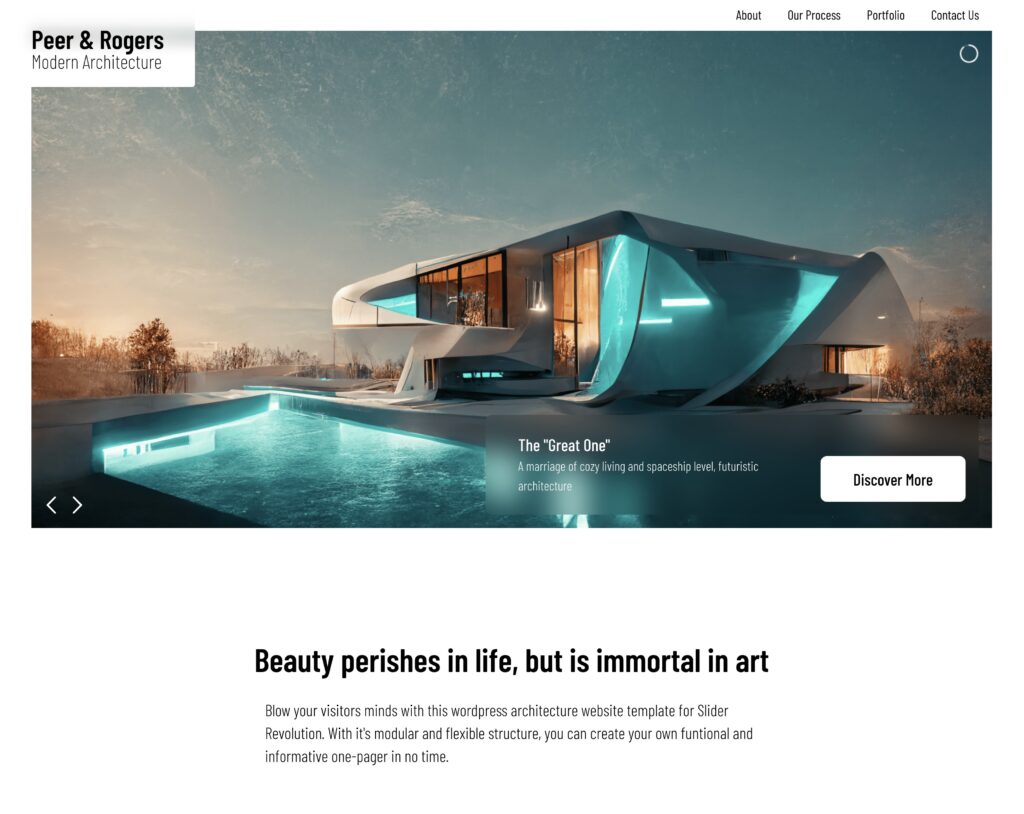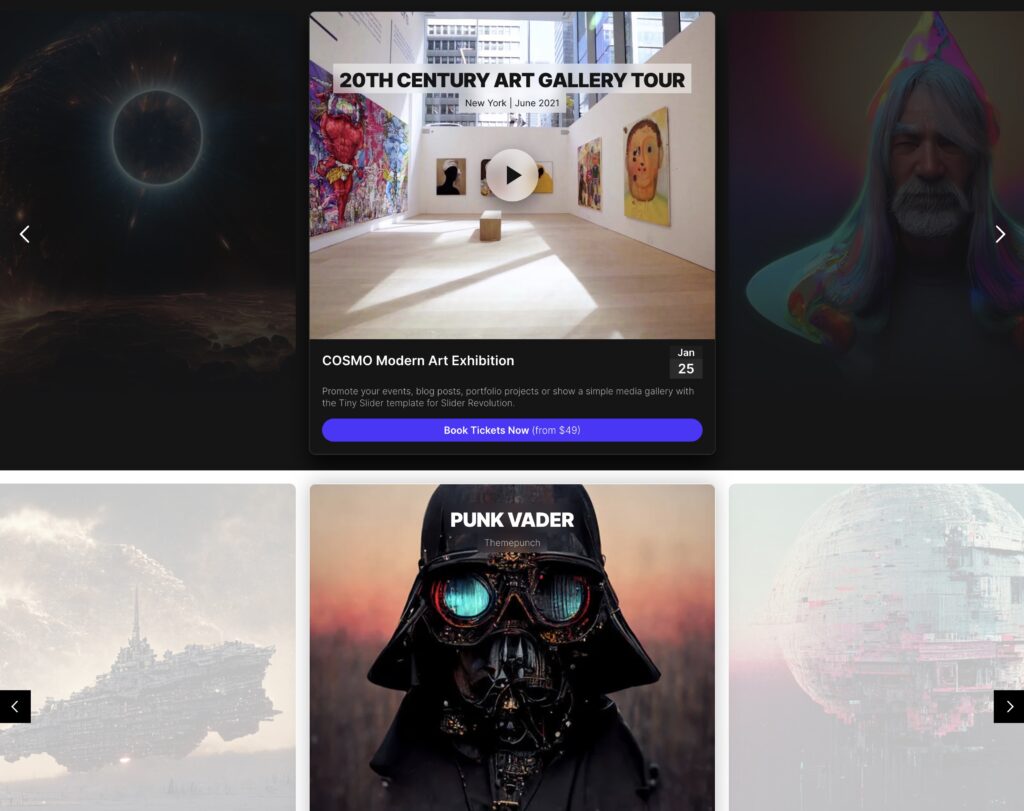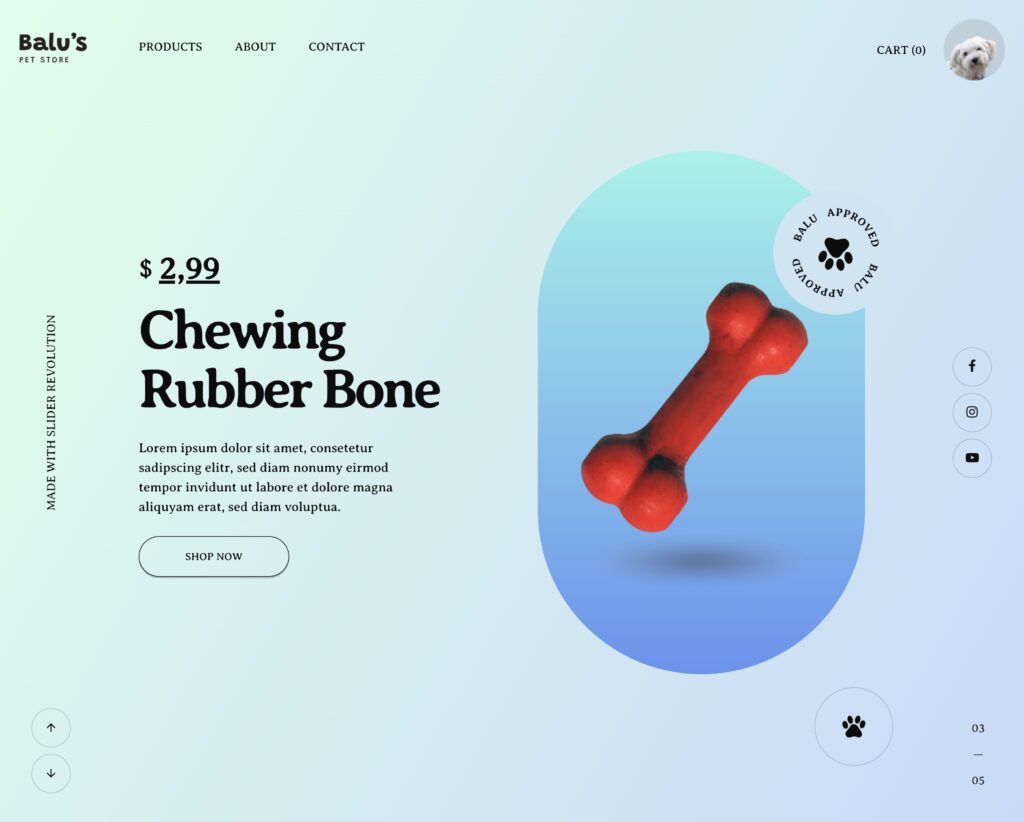Welcome to our latest post dedicated to empowering small businesses online through effective web design strategies and insightful Q&A sessions.
In this guide, we’ll explore practical tips and expert advice to help you strengthen your online presence and drive growth.
Whether you’re just starting out or looking to improve your existing website, join us as we navigate the world of web design and equip you with the knowledge to succeed in the online world. Let’s start!
Custom Graphics and Images
Infusing your design with personalized graphics and images can add character and convey your message more effectively. These elements provide an opportunity to showcase creativity and establish a distinct brand identity.
Strong Visual Hierarchy
Crafting a robust visual hierarchy enhances user experience and visual appeal. It guides users through your website’s content and prioritizes essential information.
Incorporate Video Content
The inclusion of video content brings your website to life and captivates your audience uniquely. Videos can convey complex ideas, tell compelling stories, and evoke emotions more effectively than static content.
Effective Use of White Space
Leveraging white space strategically creates balance, clarity, and sophistication. It highlights key elements, enhances readability, and contributes to a user-friendly design.
In web design, the effective use of white space, also known as negative space, can make a significant difference. Too much clutter on a webpage can overwhelm visitors and increase bounce rates.
By maximizing negative space, you allow crucial elements like calls to action and important links to stand out. This improved user experience can lead to longer page visits, reducing bounce rates—a positive signal for SEO.
Unique Fonts
Choosing a distinctive font sets the tone and personality of your design. The right font choice can make a memorable impression and enhance the overall aesthetics.
Add Social Proof
Incorporating customer testimonials and reviews builds credibility and trust with visitors. Social proof can be strategically placed throughout your website.
Ensure Fast Load Times
Fast load times are vital for user engagement. Optimize images and videos, minify CSS and JavaScript, and enable caching to improve website loading speed.
Avoid Standard or Free Templates
While free website templates may seem cost-effective, they can hinder your SEO efforts. Custom design websites tailored to your brand not only provide a unique user experience but also allow for SEO optimization.
Utilize Attractive CTAs for Enhanced Engagement
Calls to action (CTAs) are pivotal for conversions, and attractive CTAs take it up a notch. Engaging animations capture visitors’ attention and increase click-through rates. Effective CTAs are not only conversion drivers but also contribute positively to SEO by reducing bounce rates and increasing user engagement.
Dynamic Animations
Adding animations can create interactivity and engagement. Use them judiciously to draw attention and enhance the user experience.
Prioritize Responsive Web Design
Responsive web design is no longer an option; it’s a necessity. With a significant portion of web traffic coming from mobile devices, ensuring your website is responsive is vital. Google rewards mobile-friendly websites with higher search rankings. A responsive design guarantees a consistent and user-friendly experience, regardless of the device used by visitors, contributing positively to SEO.
Optimize for Mobile
Ensuring mobile optimization is crucial in today’s mobile-centric world. It involves creating a layout that is clean, organized, and easy to navigate on mobile devices.
Choose the Right Color Combination
Color is not only a design consideration but also a psychological one. Research shows that color significantly influences consumer behavior. For SEO, selecting the right color scheme can enhance user engagement and time spent on your website. Remember to use contrasting colors for calls to action to draw users’ attention and encourage interaction.
Unique Color Schemes
Opting for a distinctive color palette can be an effective design hack to elevate your website and make it stand out. Incorporating eye-catching combinations of colors can instantly capture visitors’ attention and leave a memorable impression.
Simplify Navigation for Enhanced User Experience
Streamlining your website’s navigation is not only beneficial for user experience but also for SEO. A clean and organized navigation bar with fewer choices helps users find what they’re looking for quickly. Positioning the navigation bar in the header enhances visibility, making it easier for both users and search engine crawlers to navigate your site efficiently.
Incorporate High-Quality Visuals
Visual content, such as images and videos, plays a critical role in user engagement and SEO. High-quality visuals that convey relevant information keep visitors on your site longer, ultimately reducing bounce rates. When it comes to SEO, optimizing images and videos for fast loading is essential. Compressed and properly tagged media enhances the user experience and boosts SEO rankings.
Prioritize SEO and Marketing
In the realm of online business, SEO and marketing are the unsung heroes. It’s imperative to take these aspects seriously.
If you believe that a website functions as a standalone solution, it’s time to reconsider. SEO and a well-crafted marketing strategy are the driving forces behind online success.
Ignoring them can lead to missed opportunities and limited visibility. Allocate resources wisely to invest in these crucial elements, and watch as your website transforms into a powerful tool for attracting and retaining customers, ultimately delivering a higher return on investment.
Harness the Power of Data
In the digital landscape, data is king. It’s crucial to recognize the significance of data from various sources.
Beyond the aesthetics of web design, insights from website optimization tools like PageSpeed Insights, data on user traffic from Google Analytics, and information gathered from CRM tools, including email marketing metrics, play a pivotal role in achieving online success. These data points provide invaluable insights into user behavior, performance, and customer engagement.
By understanding and leveraging this data effectively, you can make informed decisions to refine your web design, enhance user experiences, and tailor your online strategies for maximum impact. Embrace the data-driven approach as an integral part of your web design and online business strategy.
Honesty About Your Web Design Skills
In the world of web design, honesty is a powerful tool. It’s essential to be transparent about your skills and knowledge. While it’s tempting to take on every aspect of web design, sometimes, it’s wiser to acknowledge your limitations.
If you find yourself facing a project that’s beyond your expertise, consider enlisting the services of a reputable web design agency.
This honest approach not only ensures the quality of the final product but also saves you time and potential headaches. Embrace the idea that collaboration with experts can lead to remarkable web experiences for your clients and visitors alike.
Still, if you want to give a try, check the following questions and answers:
